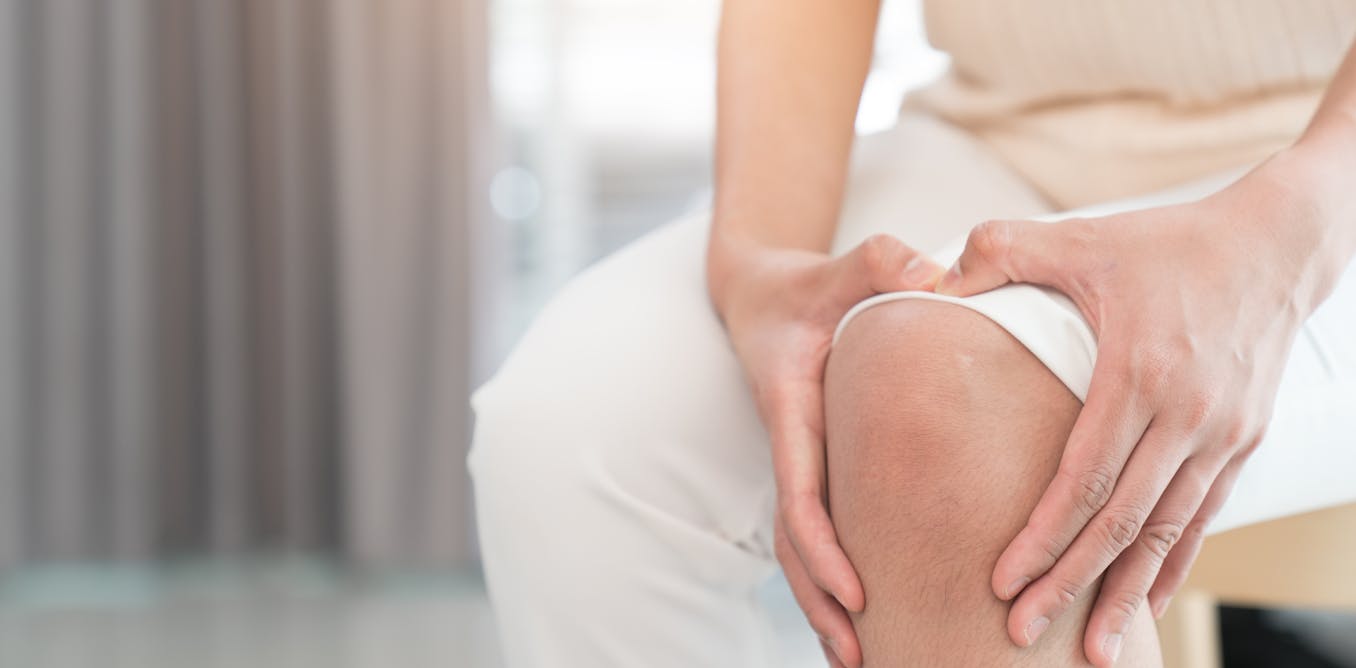Health
Is Cupping Therapy the New Wellness Trend?
In the world of alternative therapies, cupping has recently garnered a surge of popularity, emerging as a trending wellness practice. Once confined to traditional Chinese medicine, this ancient technique now waves among athletes, celebrities, and wellness enthusiasts alike. But what exactly is cupping therapy for skin, and why is it capturing the attention of so many? Let’s dive deeper into this fascinating practice.
Cupping therapy involves placing specially designed cups on the skin to create suction. This suction is believed to facilitate healing, promote blood flow, and aid in muscle recovery. Historically, cupping has been practised for thousands of years, with roots in ancient Egyptian, Greek, and Chinese cultures.
How cupping therapy works
The primary method of cupping involves either dry or wet techniques.
Dry cupping: This is the most common one, where cups are applied to the skin and the air is sucked out. Cups can be made of glass, bamboo, silicone or plastic.
Wet cupping: This involves making small cuts on the skin before applying the cups and a small amount of blood is drawn into the cup. This technique is often used for detoxification purposes.
Cupping is done on areas of tension or pain, back, shoulders and neck. The therapy is believed to increase circulation, reduce iNFLaMMAtion and promote the body’s natural healing process.
The rise of cupping therapy in popular culture
Cupping has gone beyond its traditional roots and is now being used by high-profile athletes and celebrities. Olympic swimmer Michael Phelps showed off his cupping marks during the 2016 Rio Olympics and it went viral. Athletes claim that cupping helps with recovery time, reduces muscle soreness and improves overall performance. This has sparked more interest in wellness and more people are inquiring and getting treatments in spas, wellness centres and even medical facilities.
Benefits of cupping therapy
Pain relief
Cupping is used for all sorts of pain so it’s a go-to for many with chronic conditions. By creating suction on the skin cupping increases blood flow to the area, brings more oxygen and nutrients and takes away metabolic waste. This increased circulation relaxes the muscles and can relieve pain from lower back pain, tension headaches and arthritis. Patients often report a huge reduction in pain after treatment so cupping is a great alternative or addition to other pain management.
Recovery for athletes
For athletes, cupping has become part of their recovery process after intense training or competitions. The therapy helps to speed up muscle recovery by increasing blood flow which reduces muscle soreness and stiffness. Many athletes say cupping not only relieves discomfort but also improves their performance by increasing flexibility and mobility. Plus the relaxation from the treatment prepares them mentally for future challenges so it’s a multi tool in their training.
Detox
Wet cupping proponents say it’s detoxifying and that it cleanses the body of toxins and impurities. By drawing out stagnant or “stale” blood from the body, wet cupping is believed to stimulate the body’s natural detoxification process and lead to overall better health and vitality. This is based on the idea that removing impurities can improve bodily functions, increase energy and clear the skin. But as many swear by it, we must approach these claims with a healthy dose of scepticism and seek professional advice.
Inflammation
Cupping is thought to be anti-inflammatory so it’s good for people with chronic inflammatory conditions like fibromyalgia, arthritis and sports injuries. The suction from the cups not only increases blood flow but also stimulates the immune system’s response to inflammation. This can reduce swelling and discomfort and allow for more mobility and a better quality of life for those with inflammatory conditions. By targeting specific areas, cupping can provide local relief so it’s a great tool for managing chronic inflammation.
Relaxation and stress relief
Beyond the physical benefits cupping is also great for relaxation and stress relief. Many people say it’s like a deep tissue massage as the gentle pull of the cups feels soothing and relaxing physically and mentally. This can reduce stress hormones and give an overall feeling of well-being. By releasing tension in the body and mind, cupping can be a tool for emotional Health so it’s a popular choice for those looking for holistic wellness.
What the Science says
While many individuals report positive outcomes from cupping therapy, scientific evidence is still emerging. A systematic review published in BMJ Open highlighted some studies showing that cupping can be effective for conditions like chronic pain, but it called for more rigorous clinical trials to validate these findings. As with many alternative therapies, results can be subjective, and what works for one person may not work for another.
Safety and side effects of cupping therapy for skin
Cupping is generally safe when done by a trained practitioner. However:
- Bruising: The suction can cause temporary bruising which is usually harmless but can be unsightly.
- Skin irritation: Some people may experience irritation or rashes after treatment.
- Infection risks: Wet cupping is risky if not done in sterile conditions.
Who should avoid cupping?
Cupping may not be suitable for everyone. Individuals with certain Health conditions, such as blood disorders or skin conditions, should consult a Healthcare provider before trying cupping therapy. Pregnant women and those with compromised immune systems are also advised to approach this therapy with caution.
Cupping is where ancient meets new. While it’s the new cool of the wellness world, its roots go back in time. As with any trend, approach with informed scepticism and see a Healthcare professional or practitioner. Whether you want pain relief, relaxation or detoxification, cupping is a new tool for your wellness toolbox. As more research comes out we may find out even more about the benefits and how it works.
-

 Health7h ago
Health7h agoWhat an HPV Diagnosis Really Means
-

 Health12h ago
Health12h agoThere’s an E. Coli Outbreak in Organic Carrots
-

 Health1d ago
Health1d agoCOVID-19’s Surprising Effect on Cancer
-

 Health1d ago
Health1d agoColorado’s pioneering psychedelic program gets final tweaks as state plans to launch next year
-

 Health2d ago
Health2d agoWhat to Know About How Lupus Affects Weight
-

 Health5d ago
Health5d agoPeople Aren’t Sure About Having Kids. She Helps Them Decide
-

 Health5d ago
Health5d agoFYI: People Don’t Like When You Abbreviate Texts
-

 Health5d ago
Health5d agoKnee problems tend to flare up as you age – an orthopedic specialist explains available treatment options





























